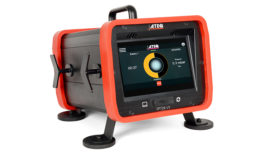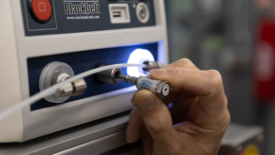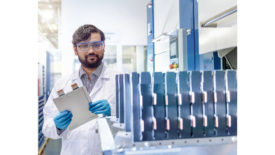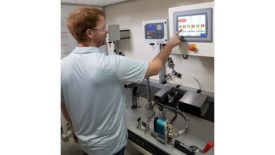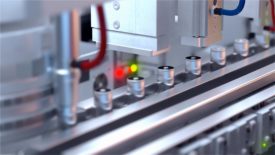Home » leak testing
Articles Tagged with ''leak testing''
Test & Inspection
This article is designed to assist people that test for leaks using air in industrial quality control and want to learn how they can determine a leak test specification beyond zero leaks.
Read More
Test & Inspection
How to Improve Quality Control by Managing a Drifting Zero Point during Air Leak Testing
Why zero drift occurs and ways to mitigate or even eliminate it.
March 25, 2024
NDT | Leak Test
Two-Point Calibration: The Key to an Accurate, Repeatable Leak Test
How single-point calibration falls short in pressure and vacuum decay leak test calibration.
January 10, 2024
NDT | Leak Testing
Leak Detection’s Crucial Role in Li-ion Traction Battery Production
Manufacturers that routinely challenge their leak tightness testing process will consistently produce products with reliable performance, battery longevity and safety.
January 9, 2024
Leak Testing
The Rise of Differential Pressure (DP) Decay Leak Testing in North America
What is DP and how are manufacturers using this test method to achieve better resolution and quicker cycle times?
July 6, 2023
NDT | Leak Testing
Race to Mobility Sharpens Focus on Leak Testing for Li-ion Batteries and Hydrogen Fuel Cells
There are thousands of places where a battery pack or fuel cell pack can leak.
June 13, 2023
Stay in the know with Quality’s comprehensive coverage of
the manufacturing and metrology industries.
eNewsletter | Website | eMagazine
JOIN TODAY!Copyright ©2024. All Rights Reserved BNP Media.
Design, CMS, Hosting & Web Development :: ePublishing





